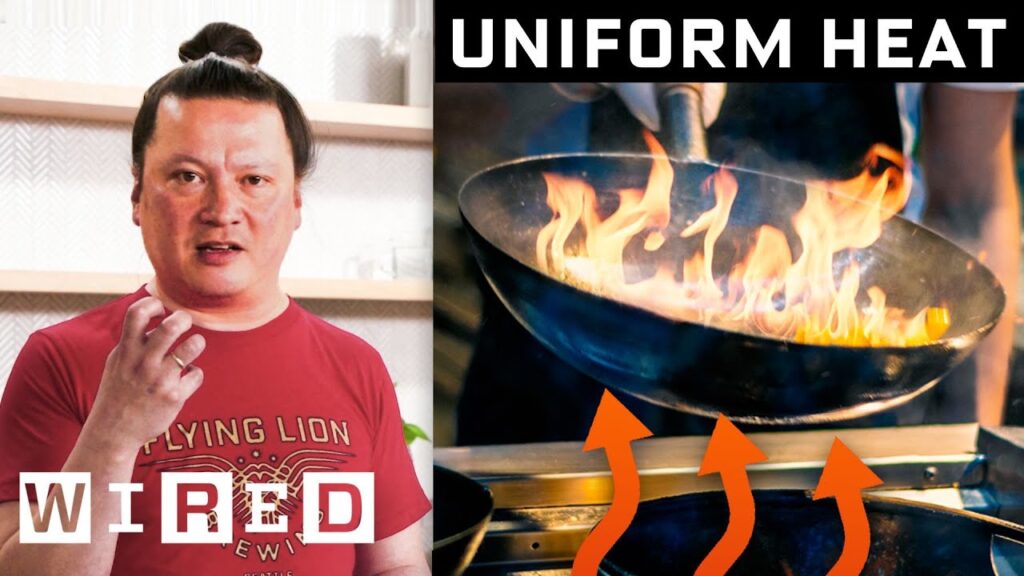The Importance of Knot Tying in Medical Procedures
Summary
In this article, we discuss the significance of knot tying in various medical procedures, from major trauma cases to simple laceration closures. We explain the different types of suture materials and their uses, with the thinnest being used for veins, arteries, and nerves. The article also emphasizes the importance of maintaining even tension and finger placement to ensure proper knot placement. We also discuss the progression of knot tying practice, from basic to more advanced techniques, and the use of gloves in advanced practice.
Table of Contents
- The Significance of Knot Tying in Medical Procedures
- Types of Suture Materials and Their Uses
- Proper Knot Placement Techniques
- Progression of Knot Tying Practice
- Conclusion
The Significance of Knot Tying in Medical Procedures
Knot tying is a crucial skill in various surgical procedures, from major trauma cases to sewing arteries and closing skin lacerations in emergency rooms. It is a skill that is mastered over hours and hours of practice, and medical students typically learn it during the first few days of their surgery rotation. The Surgery Resident Starter Pack, which includes multicolored large-bore yarn, is an official training tool that helps students learn how to tie knots. The one-handed knot, which has both a forehand and a backhand throw, is the most applicable in general practice.
Types of Suture Materials and Their Uses
Different types of suture materials are used depending on the procedure being performed. The thinnest materials, such as 10-0 and 11-0, are used for veins, arteries, and nerves. The most common suture material used in general practice is 4-0, which is used for closing skin lacerations. Other materials, such as 3-0 and 2-0, are used for deeper wounds or tissues that require more strength.
Proper Knot Placement Techniques
Proper knot placement is essential in ensuring that the wound is closed securely. Maintaining even tension and finger placement is crucial in achieving this. The surgeon must hold the needle holder and suture material correctly and use the pickups to help grip the skin. The one-handed knot, which has both a forehand and a backhand throw, is the most applicable in general practice.
Progression of Knot Tying Practice
Knot tying is a skill that is mastered over hours and hours of practice. Medical students typically learn basic knot tying techniques during the first few days of their surgery rotation. As they progress, they learn more advanced techniques, such as the running subcuticular closure, which is a technique to make the skin come together without any visible stitches. Gloves are also used in advanced practice to prevent contamination and to ensure proper knot placement.
Conclusion
Knot tying is a crucial skill in various medical procedures, from major trauma cases to simple laceration closures. The type of suture material used depends on the procedure being performed, and even medical students practice tying knots constantly. Proper knot placement techniques, such as maintaining even tension and finger placement, are essential. As surgeons progress, they learn more advanced techniques, such as the running subcuticular closure, and use gloves to prevent contamination and ensure proper knot placement.





